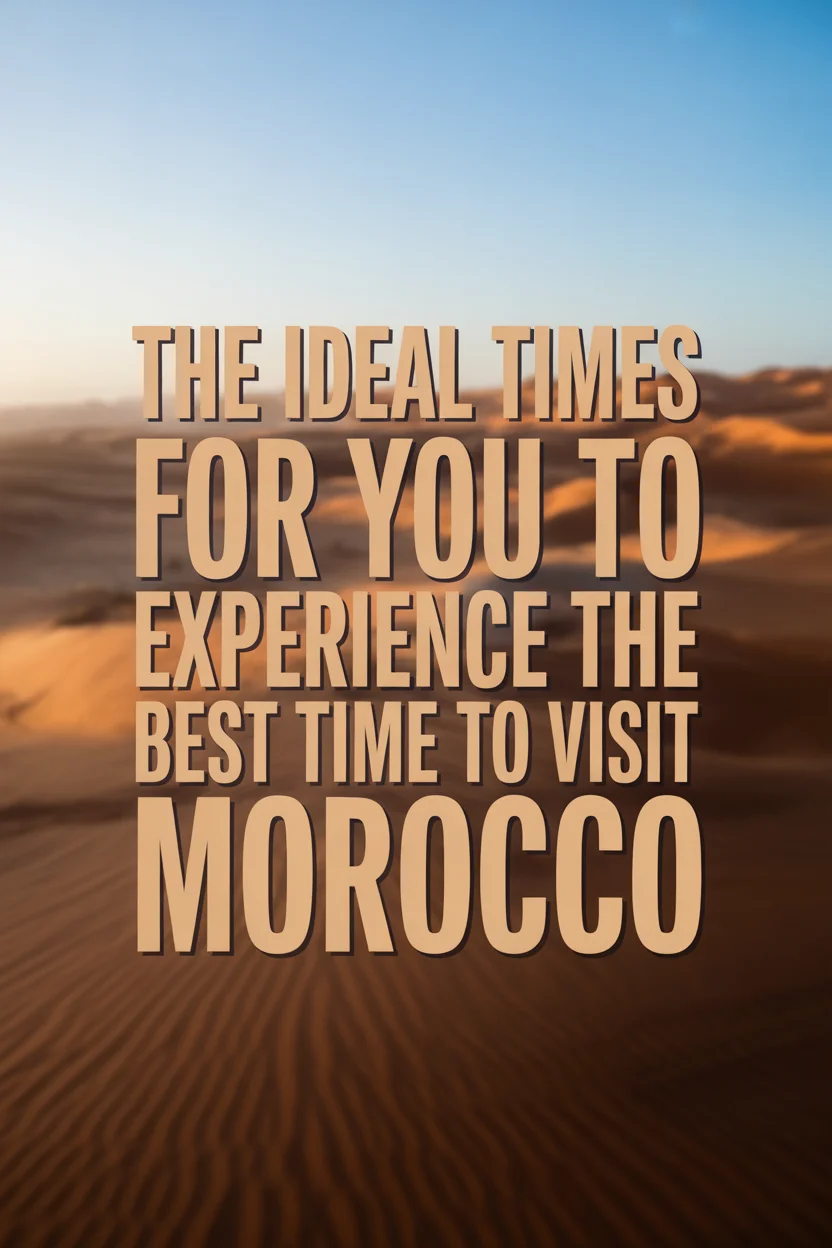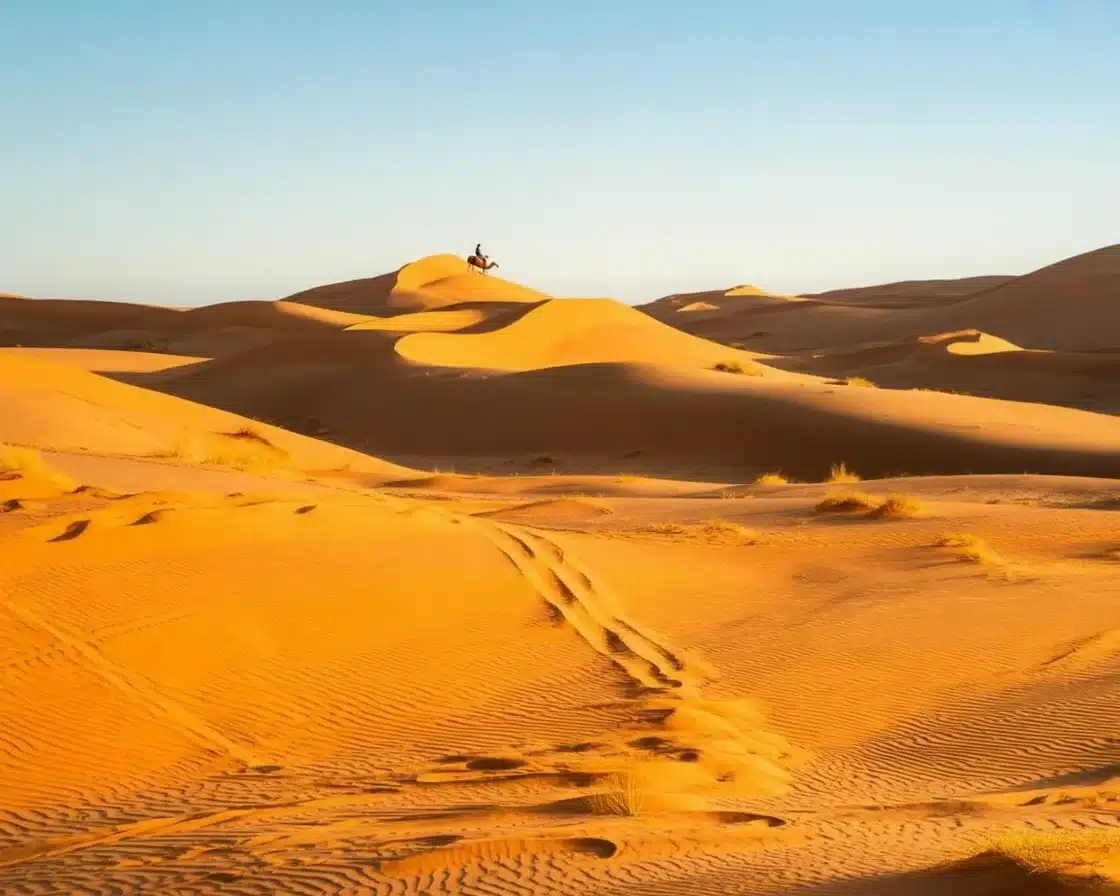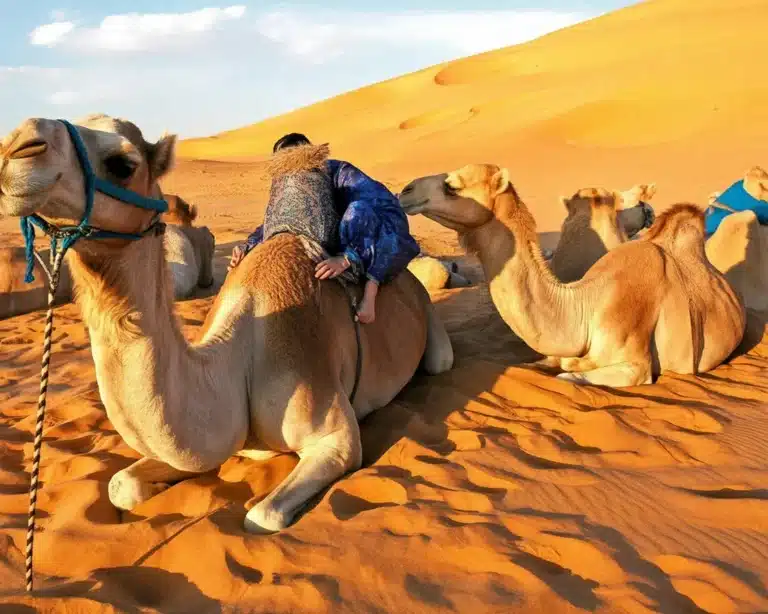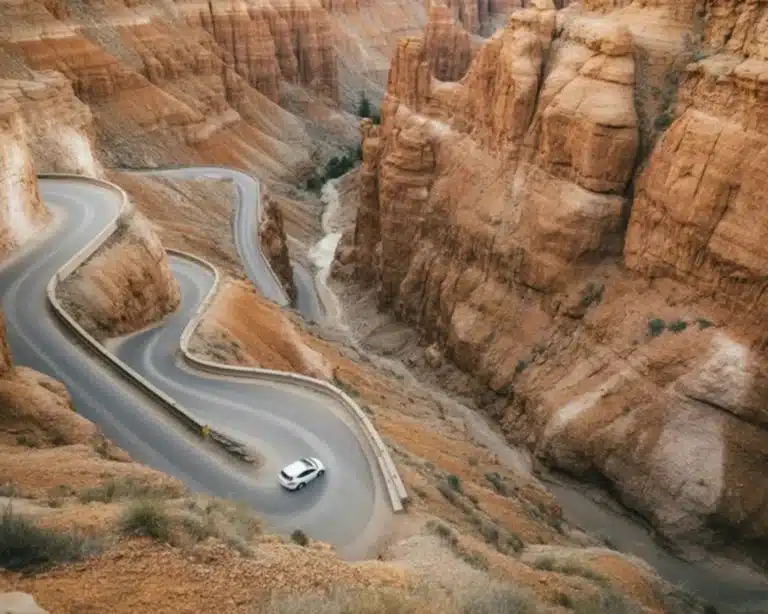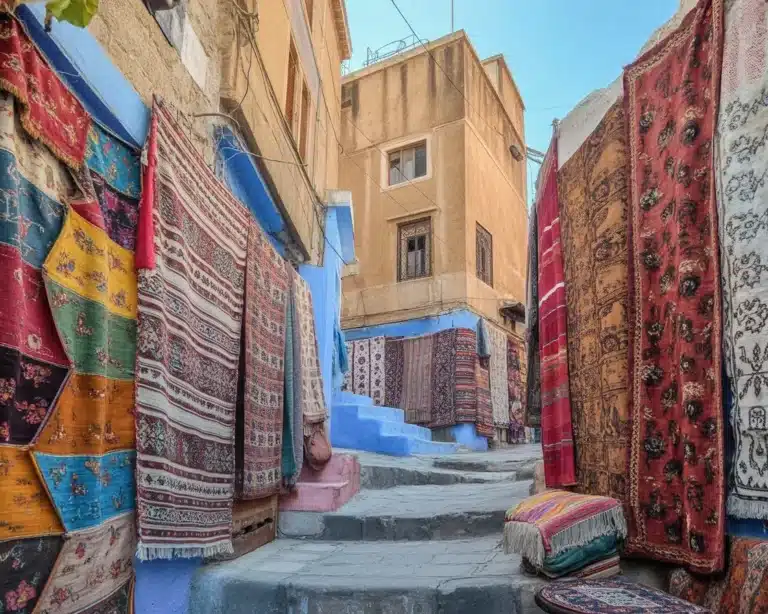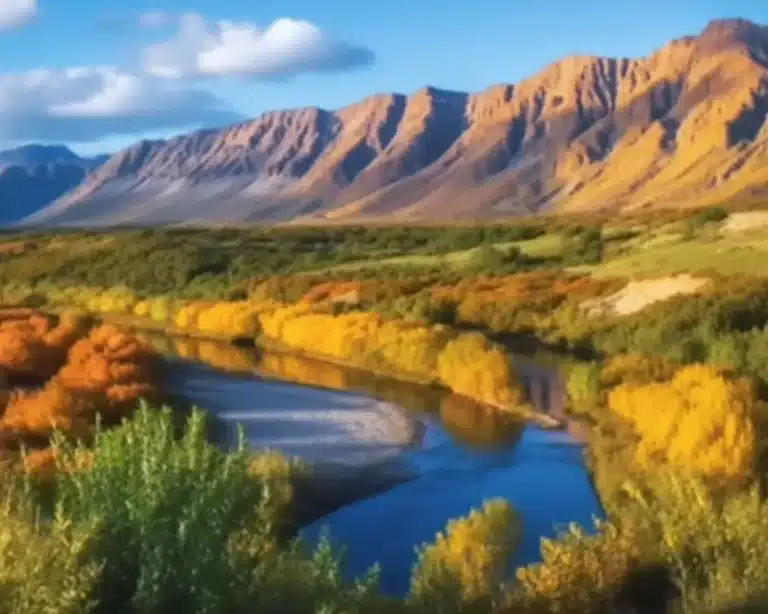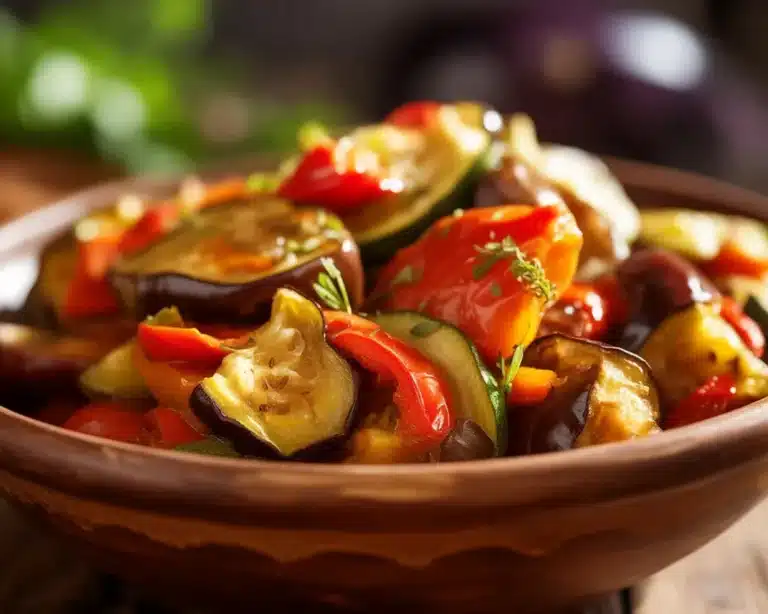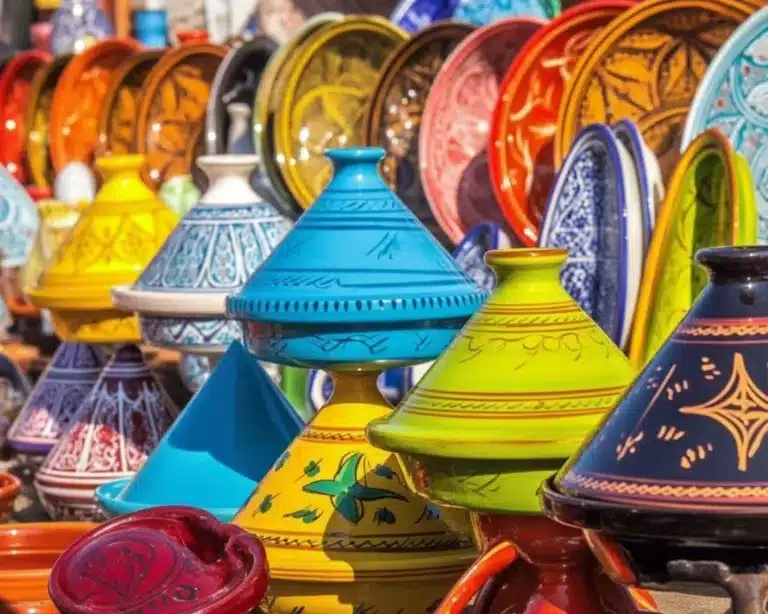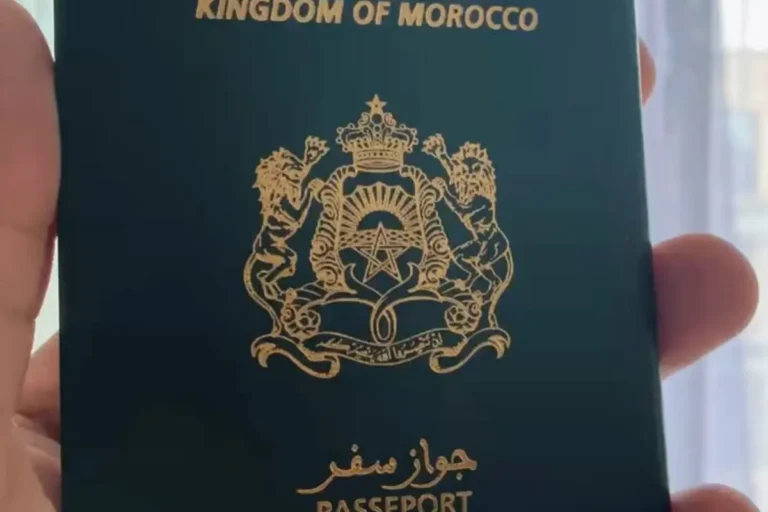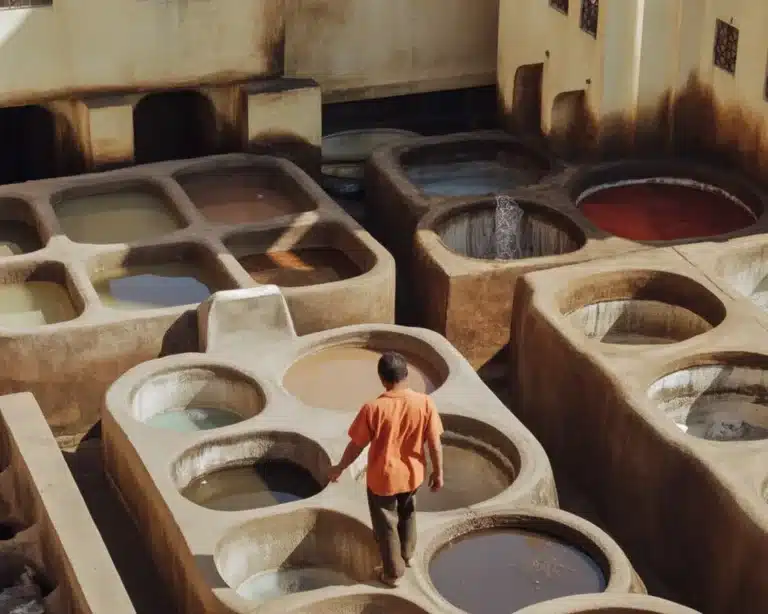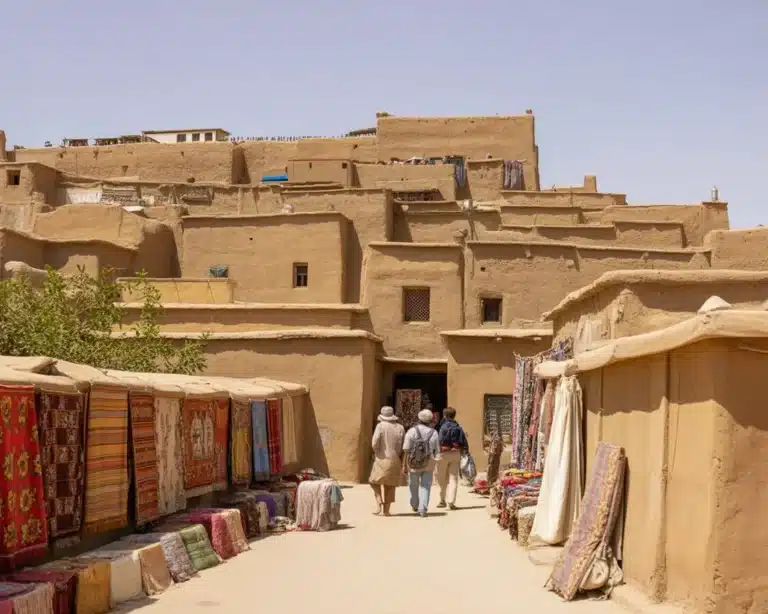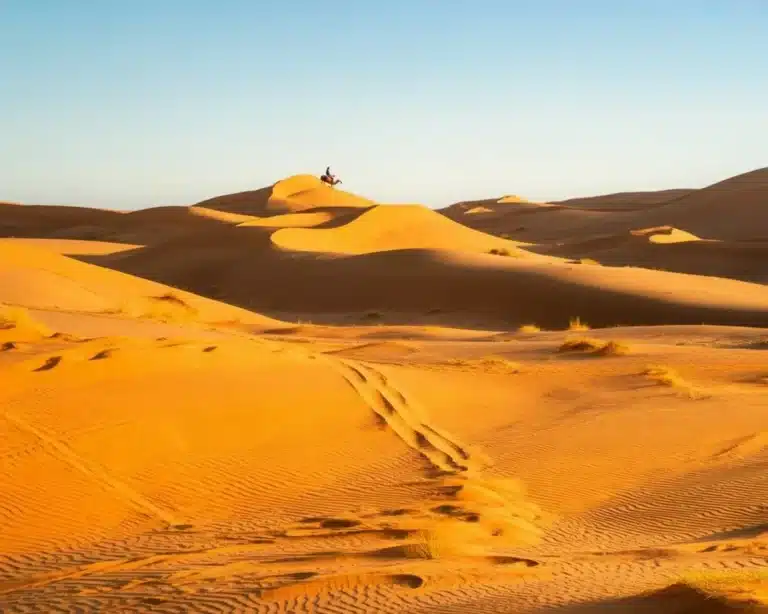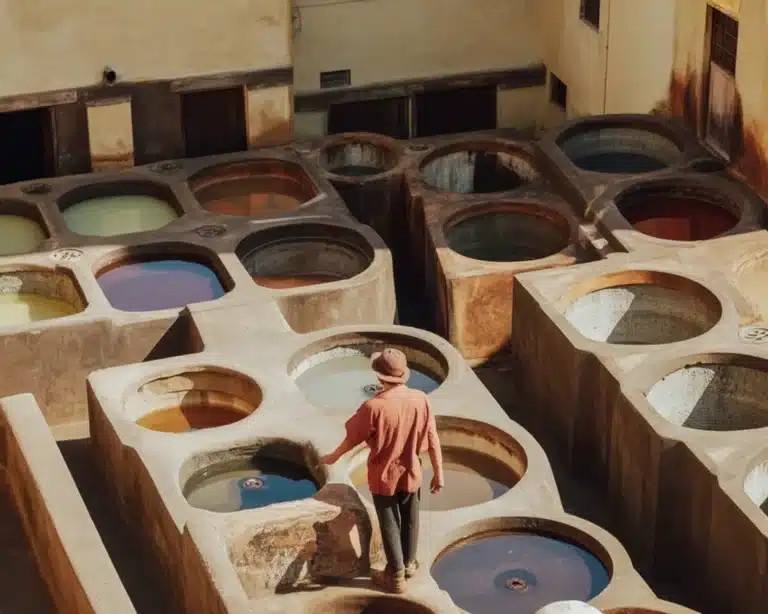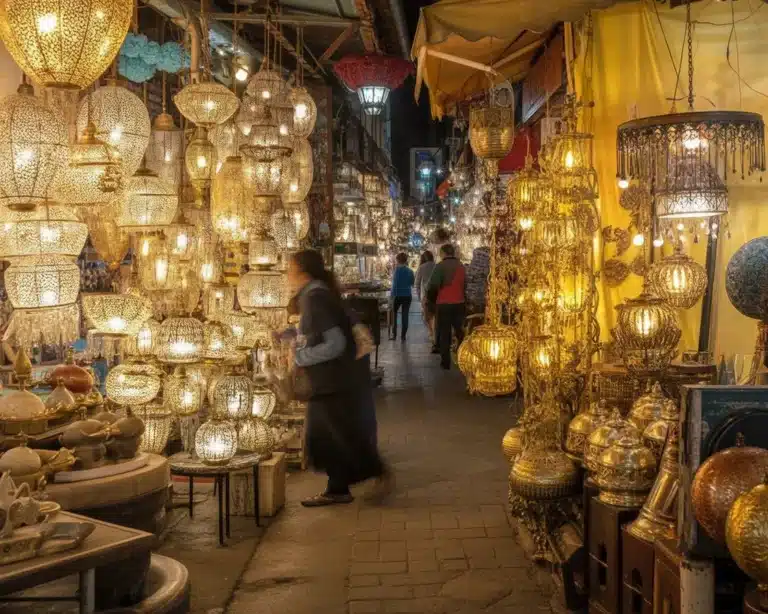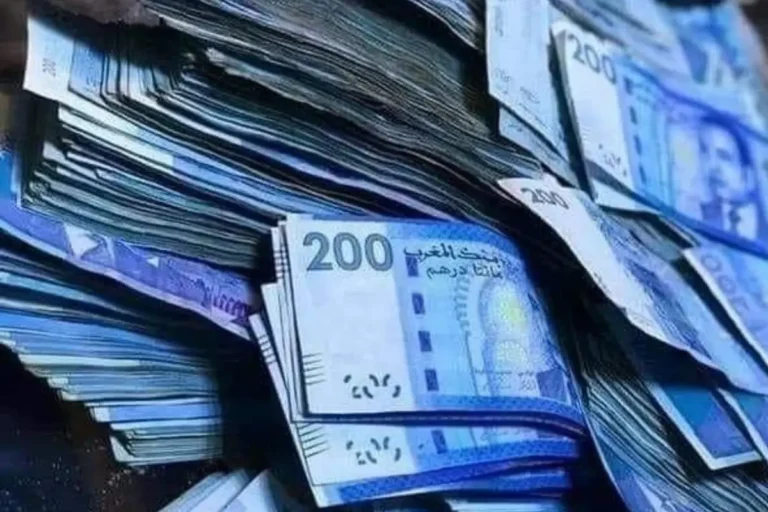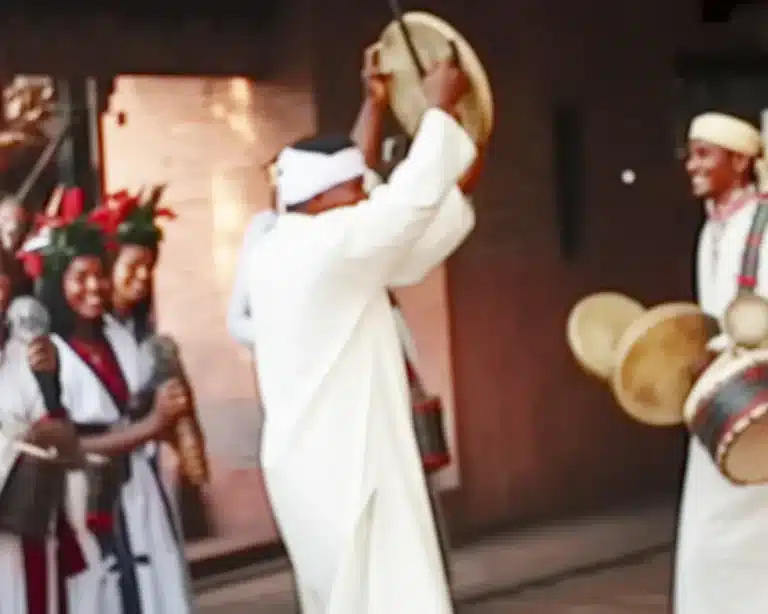Ever find yourself daydreaming about vibrant souks, mountains, and that legendary mint tea, then Google “Best Time to Visit Morocco” and bam, you’re hit with a dozen opinions? Let’s not beat around the bush: the Best Time to Visit Morocco is a golden nugget of info if you want markets bustling, the Atlas Mountains bathed in sun, and your trip to feel downright magical. If you’re looking for real advice, not just another listicle, stick around. Plus, don’t miss some genuinely useful tips (learned the hard way) in this Morocco travel guide and an oh-so-helpful shortcut for booking flights right here. Ready? Grab a snack or something.
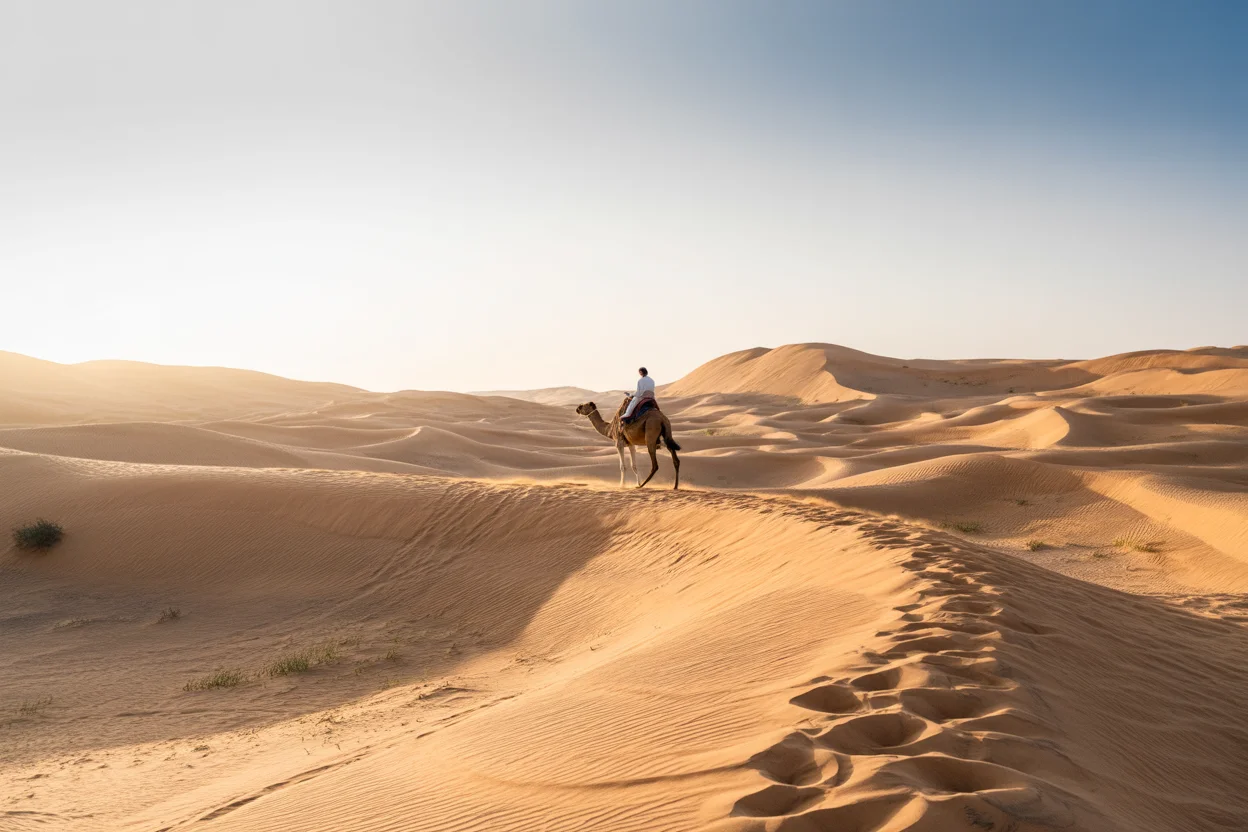
Best months for weather and activities
Here’s the deal guys. Morocco weather moods shift more than my taste for olives. In my personal (maybe a little stubborn) opinion, March to May and September to November? Magic. You seriously get the best of everything. The cities like Marrakech, Fes, or even Chefchaouen are alive but not sweltering, and for many travelers this season is considered the Best Time to Visit Morocco.
Now, summer—say June, July, August—can fry an egg right on Jemaa el-Fnaa’s sidewalk. You’ve got crowds in the north by the beach, but most folks bail from the Sahara. On the flip, winter months? December to February feels chillier, especially up in the Atlas Mountains. But what a view, especially if you’re more “cozy cafe” than “sweaty tourist.” Planning your trip around the Best Time to Visit Morocco makes all the difference.
If your travel bucket has “trekking, festivals, and food markets,” spring is your winner. The Atlas Mountains have wildflowers and the crowds are just perfect (not like you’re pushing elbows at a rock concert). Fall is when the desert cools down, making it way friendlier for camel rides or even glamping if that’s your style. Honestly, the Best Time to Visit Morocco depends on whether you’re chasing adventure, relaxation, or a bit of both.
“Trust me—skip the heavy heat unless your hobby is getting roasted,” my own cousin laughed after we both melted in July. She wasn’t kidding.
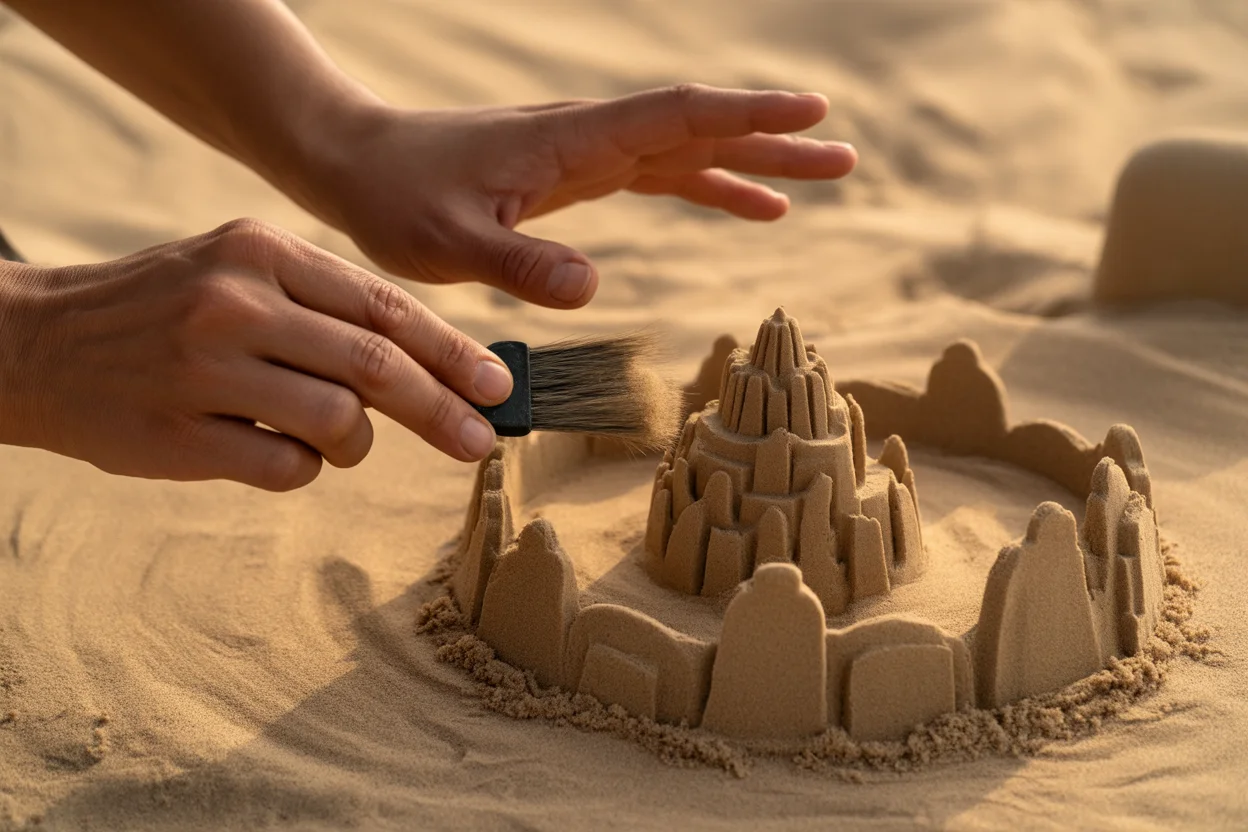
Seasonal activities and festivals in Morocco
You don’t realize how packed the Moroccan calendar is until you stare at it like a menu. Spring throws the Rose Festival in the Dades Valley, which is wild—imagine parades and stalls loaded with rosewater treats. Summer? It’s all about Essaouira’s Gnaoua World Music Festival, where the beach gets groovy, and local fish grills practically call your name. Festivals like these often highlight why spring and summer are considered the Best Time to Visit Morocco.
Even if you land in winter, you might stumble into Yennayer (Amazigh New Year) and suddenly you’re invited to family feasts and stories. There’s Ramadan too, a deeply personal time, and honestly super unique if you want to see city rhythms shift with sunset.
Autumn throws open the doors to the date harvest season in the south—oh boy, I ate my weight in fresh dates. Fez Festival of World Sacred Music is another gem, drawing crowds with performances that just…hit different when you’re sitting inside a centuries-old medina. For culture lovers, timing your trip around these events may be the Best Time to Visit Morocco.
I’ve wandered into street food parties where I barely understood what was happening, but the energy? Addictive. Moroccan festivals will tempt even shy travelers to dance or at least sample something new.
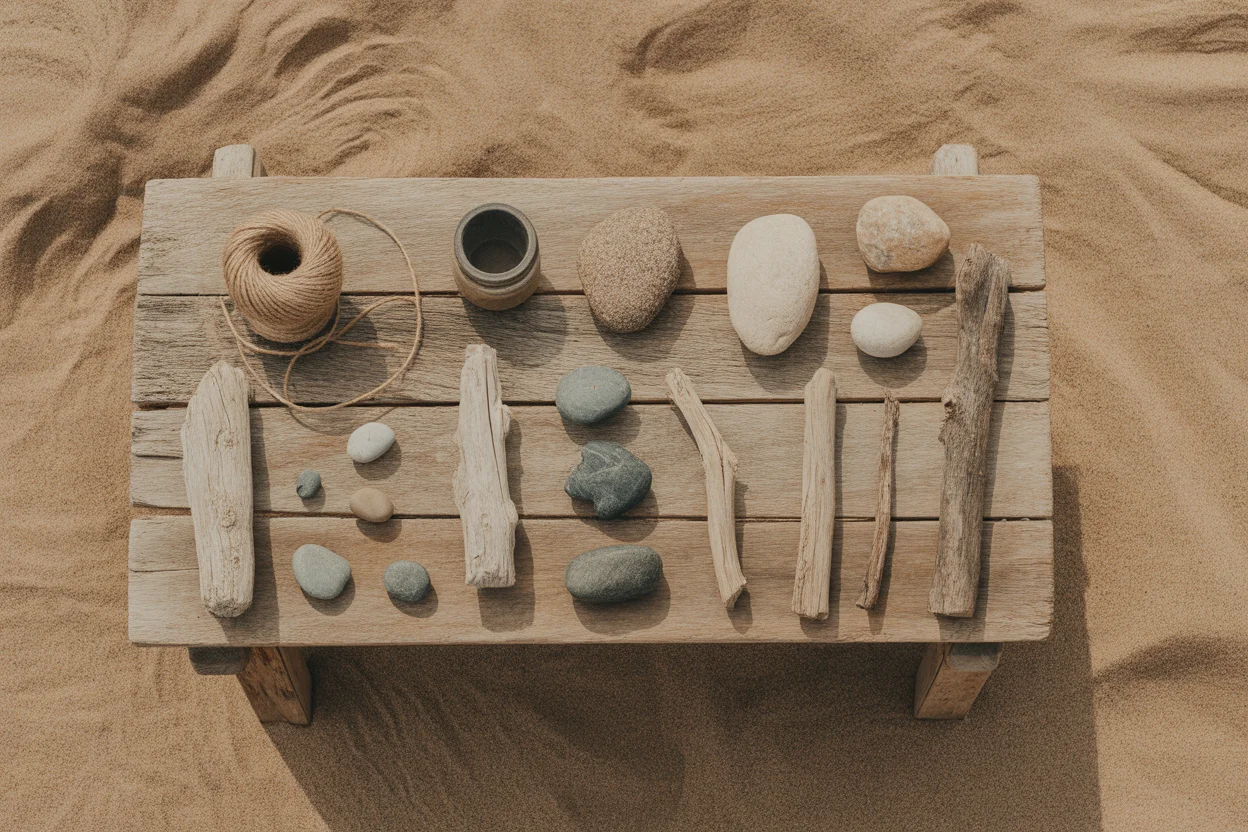
Month-by-month climate overview
Okay so let’s really break it down, month by month. January and February are brisk, mountain towns even get snow—kinda cozy if you’re up for it. March warms up, wildflowers everywhere. April? Practically made for photos. May—can’t overstate how lovely, especially for hiking. Come June and July, it ramps up. Sahara becomes a furnace, so hit the coasts if you want that sweet sea breeze.
August, honestly, is the peak for coastal towns. Souks thin out a bit (those heat-averse shopkeepers are no fools). By September, temps drop—you feel this collective sigh from travelers and locals alike. October and November, everything’s golden, and even those usually grumpy camels seem happy. December chills again, snow in higher spots and hot tea on every corner.
If you want even more nitty-gritty, the folks at Unforgettable Morocco Travel Itinerary break it down for the finest details.
“My family landed in Fez in April—cool mornings, t-shirt afternoons, nights perfect for grilled skewers. Zero regrets.”
Morocco’s spring made me realize why folks keep returning. It’s a dream for food and festivals! —Jamie, actual trip review
Tips for visiting Morocco during peak and off-peak times
Here’s where it gets practical, so jot these down or just screenshot.
- Book early for spring and fall. Trust me, good riads go quick, especially in Marrakech.
- If it’s off-season winter, prices for everything (hotels, tours, even taxis) kind of chill out too.
- During peak summer, coastal cities like Essaouira or Tangier shine – cooler breezes and low-key vibes.
- Avoid Ramadan if you want bustling day markets, but go for it if you’re curious about nighttime festivities.
Locals definitely appreciate travelers who keep the rhythm, so ask before snapping a million pics during religious events! Want even more practical tips? These Morocco travel tips for first-timers are dynamite and packed with firsthand advice.
Unique experiences to consider based on the season
You want “only-in-Morocco” stories, here’s where you dig deep. Spring hikes in the Atlas Mountains are like a secret handshake among trek lovers—you just feel proud staring at those views. Summer? Eat beachy sardines, totally fresh. If you show up for the fall date harvest, join local farmers in Ouarzazate—even if you’re all thumbs at their ladders (like yours truly). For many travelers, moments like these reveal the Best Time to Visit Morocco.
Take a winter hammam bath—seriously, nothing better than steam and scrub after a cold stroll in the medina. Catch a rooftop sunset, mint tea in hand, during autumn… trust me, beats any five-star restaurant view. Timing your trip to a festival? That’s when you’ll eat like royalty—couscous, tanjia, pastries.
My last April trip found me at a Berber wedding celebration—yep, by total accident. I was just wandering and bam, local folks insisted on feeding me (and teaching me weird line-dance moves). Go with the flow, you’ll get stories for days.
Common Questions
Q: Is the Best Time to Visit Morocco always March to May or September to November?
A: For most people, yes. Super comfy, colorful, and packed with all the action—but there’s beauty all year if you pack and plan right.
Q: How hot does it really get in summer?
A: Hot! Like, sometimes 110°F (43°C) in desert regions. Coastal areas are much easier though.
Q: Are Moroccan festivals worth planning around?
A: Totally! Each one has its own flavor—food, music, or just great people-watching. Check schedules before you book.
Q: Is winter a bad time for the Sahara?
A: Not at all. Honestly, nights get cold (bring something warm), but days are amazing for camel rides.
Q: Should I avoid Ramadan?
A: Not unless you really need daytime restaurant access. The sunsets and celebrations? Kind of unforgettable.
Wrapping Up Your Moroccan Dream Trip: My Honest Take
Alright, so in the big picture—the Best Time to Visit Morocco really boils down to what you want. Chilly mountain mornings, blazing souks, jam-packed festivals, or just peaceful medina strolls. My advice? Pick a sweet spot between spring or fall, grab a ticket, and let Morocco surprise you. For more on planning, check out The best time to visit Morocco – Lonely Planet, get route ideas from travel to Morocco routes, and don’t sleep on the discover Morocco insider tricks for a real-deal adventure. Trust yourself, and pack some elastic pants—Moroccan food will win you over every time.
